Think Outside the Box
When you live in an urban environment, spring reveals itself in unusual ways. You can’t rely on the hum of lawnmowers on a Saturday morning or the flood of cars coming and going at the local garden center. For me, I knew the warmer seasons were finding their way into Chicago when it was already light when I walked out my door at 6 a.m. to come to work. The flowers in boxes bordering restaurants’ sidewalk seating have exploded with color and fragrance in the past few weeks. And as my bus travels west through the ethnic neighborhoods of Chicago’s north side, a number of men board wearing sweatshirts stitched with their names and the logo of their landscaping company or garden center. Welcome to spring in the city.
The differences between urban life and how things work in the suburbs and rural areas often call for a little outside-the-box thinking. People with no lawns still want to be surrounded by beautiful color in the spring and summer so how can lawn and garden businesses meet that need? I found one answer while walking around New York City last month: Garden centers in outlying areas set up shop in “green markets” all over the city. They’re similar to farmers markets throughout the rest of the country, but here’s the difference: For the most part, the green markets are New Yorkers’ only source for these products. I was drawn to the tables packed with colorful perennials, fresh herbs and containers sized perfectly for urban living spaces. It’s all about knowing your target consumer, and these garden centers were prepared with the perfect product and all the necessary growing advice.
What About You?
So, how are you meeting the needs of your customers?
According to a recent study by the Garden Writers Association Foundation (GWAF), there’s a good chance your customers have been bitten by that little “green” bug. Sixty-eight percent of households said they were at least moderately concerned with the environmental impact of their garden products. And almost 50 percent always recycle their plastic nursery trays and containers, up from just 38 percent in 2007. Are you providing recycling programs, biodegradable containers and other eco-friendlier options for these customers? Remember, according to our Proven Winners consumer data in the January issue, 87 percent are even willing to spend a little more on these products.
The study also reflected changes in why Americans are gardening: Nearly a third of those surveyed said they garden for the nutritional, fitness and mental-health benefits. How are you incorporating these themes into your merchandising and promotions this spring? Another third said they planned to plant vegetables this year; are you prepared with the tools and expertise they’ll need?
Progress in Sustainability
As part of our publications’ efforts to bring more attention to the eco-friendly cause, we’ve started including a Sustainability 2008 logo on each story that focuses on the topic. From product focuses to feature stories, the logo should be your quick reference on where to find the stories with an eye on sustainability.
In addition, our sister magazine GPN will be presenting the Sustainability Progress Awards to forward-thinking growers at the opening ceremony to this year’s OFA Short Course. We’re bestowing the honor on growers who are working to make their businesses greener and more sustainable, even if it’s smaller steps making a measurable impact. We’re planning to include the retail side in 2009’s awards ceremony, so start thinking about how you’ll make a difference this year to be recognized for it next year. In the meantime, keep sending in your photos and entries for the 2009 Merchandiser of the Year award! Visit our website, www.lgrmag.com, for more details.


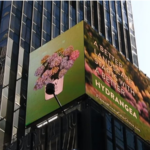


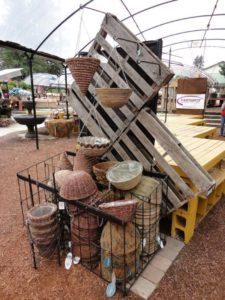
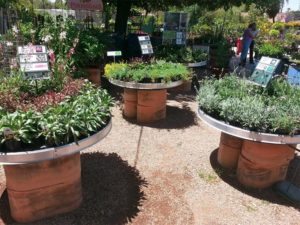


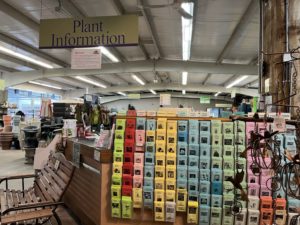

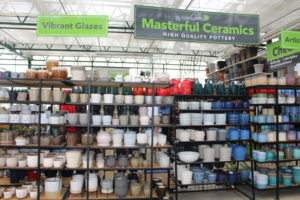
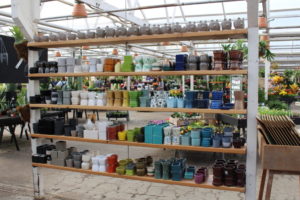
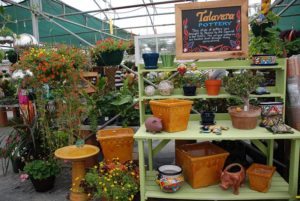
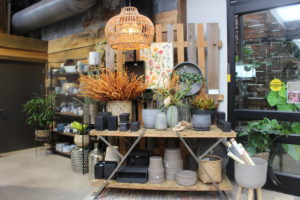
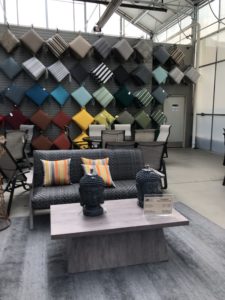
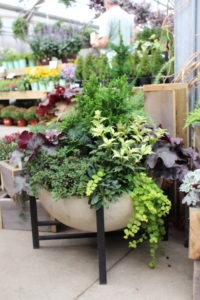
 Videos
Videos





